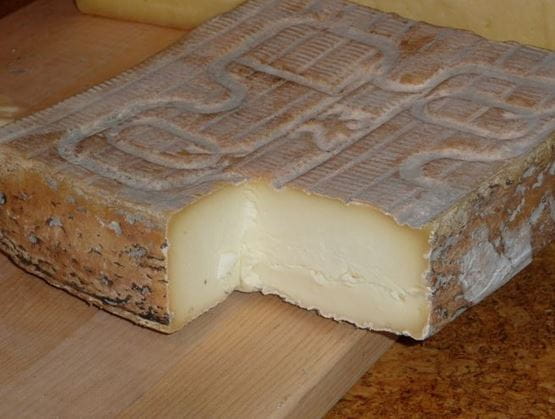Created in 1992, the European PDO label aims to distinguish products that have been ‘processed and produced in a specific geographical area, using the recognised expertise of local producers and ingredients from the region concerned’.
Since 1st January 2025, there are more than 153 PDO cheeses, butters and creams across Europe (including British and Swiss equivalents). The show invites you to discover them in its news pages, while you wait to taste them at the exhibitors' stands from 7 to 9 June 2026 at Paris Expo Porte de Versailles.
According to the list published by the Italian Ministry of Agriculture, Food Sovereignty and Forestry, the peninsula now has more than 50 PDO (Protected Designation of Origin) cheeses! This certainly explains why, with 42 exhibitors, Italy was (by far) the leading foreign country represented at the 2024 Cheese and Dairy Products Fair. It is also for this reason that we have chosen to separate Northern and Southern Italy, in order to better highlight the richness of the cheese offering. Today, we present ten major cheeses from Northern Italy.
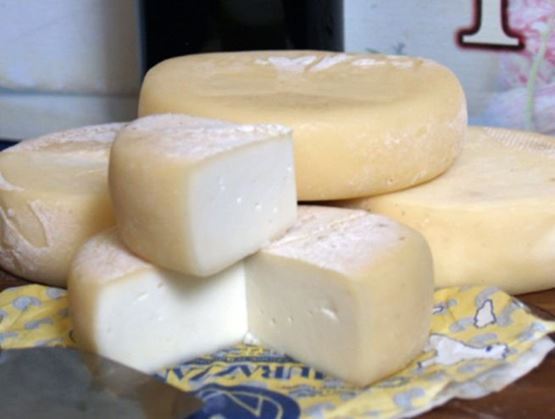
Murazzano
Originally from the Langhe region of Piedmont, Murazzano is a soft cheese made mainly from sheep's milk, sometimes mixed with cow's milk. Its thin rind encloses a white, mild and slightly tangy paste. Matured for just a few days, it has a melt-in-the-mouth texture and a delicate flavour.
Traditionally eaten fresh, Murazzano is ideal at the end of a meal or accompanied by honey for a sweet and savoury touch.
Credit: natura.provincia.cuneo.it
Gorgonzola
Gorgonzola, originally from Lombardy, is a blue cheese made from cow's milk. It comes in two varieties: Dolce, which is creamy and mild, and Piccante, which is firmer and has a stronger flavour. It is aged for 2 to 4 months.
Appreciated for its rich aroma, it can be enjoyed on a cheese board, in a sauce or melted in dishes such as risottos.
Credit: Wikimedia Commons
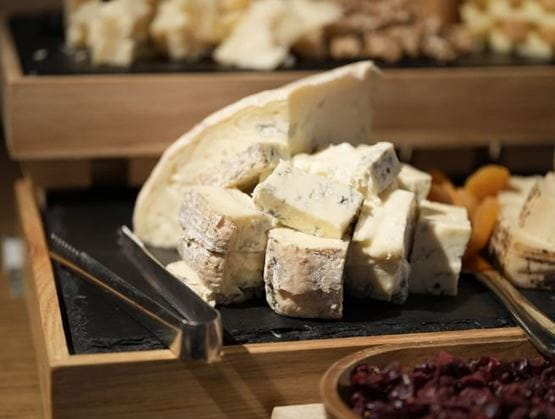
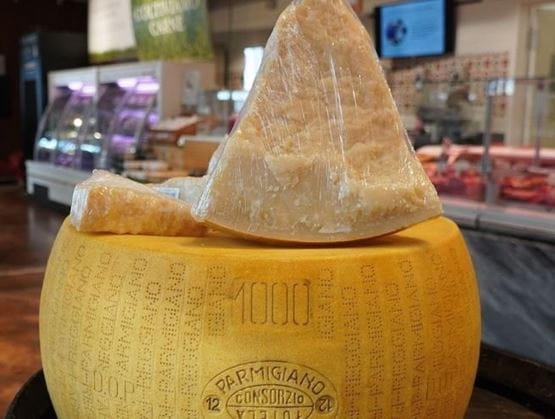
Parmigiano Reggiano
Parmigiano Reggiano is produced in Emilia-Romagna from raw cow's milk. Aged between 12 and 36 months, it develops a grainy texture and a strong flavour. It is used grated on pasta, shaved in salads or enjoyed on its own.
An essential ingredient in Italian cuisine, it is undoubtedly the most famous Italian cheese.
Credit: Wikimedia Commons
Grana Padano
Often confused with its cousin Parmesan, Grana Padano is produced in the Po Valley.
Aged between 9 and 24 months, it has a milder flavour and a slightly less grainy texture.
Less expensive, it is widely used in Italian (and French) households for grating over pasta or to enhance various dishes.
Credit: Wikimedia Commons
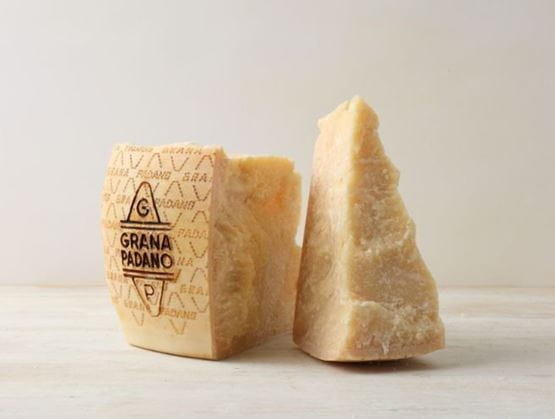
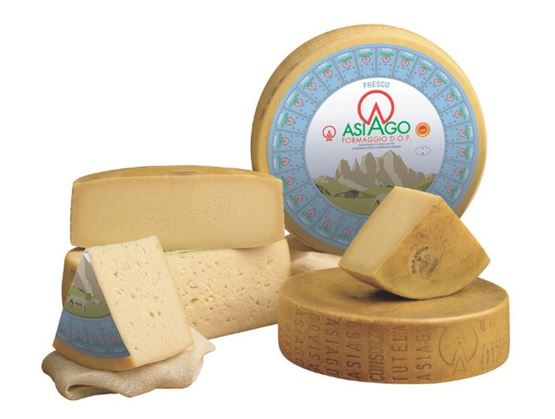
Asiago
Asiago is a cow's milk cheese produced in the Veneto and Trentino regions.
It comes in two varieties: Pressato (young and mild) and d'Allevo (mature and stronger).
Its texture varies from soft to firm depending on how long it has been matured. Versatile, it can be eaten in slices, grated or melted in various dishes.
Credit: Wikimedia Commons
Provolone Valpadana
Originally from the Po Valley, Provolone Valpadana is a stretched-curd cheese made from cow's milk.
It comes in various shapes and weights, and its flavour ranges from mild to tangy depending on how long it is aged.
Used in slices, melted or grated, it is appreciated for its culinary versatility.
Credit: Wikimedia Commons
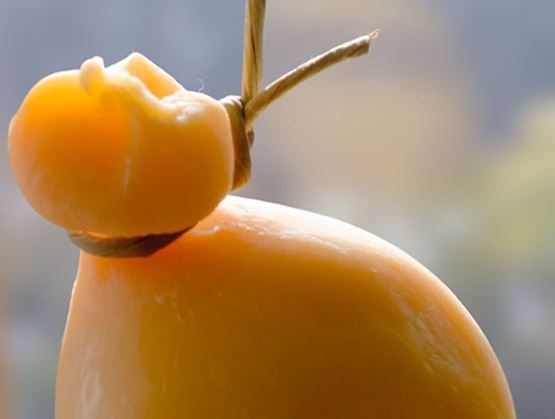
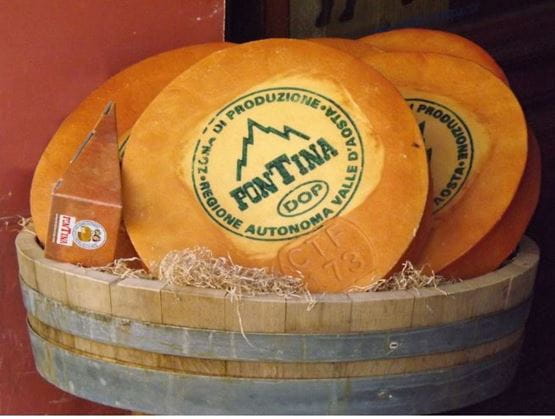
Fontina
Fontina, originally from the Aosta Valley, is a semi-hard cheese made from unpasteurised cow's milk. Its melt-in-the-mouth texture and nutty flavour make it a key ingredient in fondue valdostana.
Matured for around three months, it is also used in gratins and sauces.
Credit: Wikimedia Commons
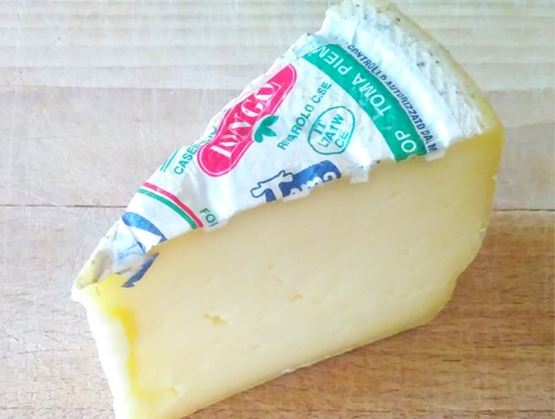
Toma Piemontese
Toma Piemontese is a cow's milk cheese produced in Piedmont.
It comes in whole milk or partially skimmed versions, offering flavours ranging from mild to more intense.
Its soft texture and thin rind make it ideal for enjoying on its own or in dishes such as fondues or gratins.
Credit: Wikimedia Commons
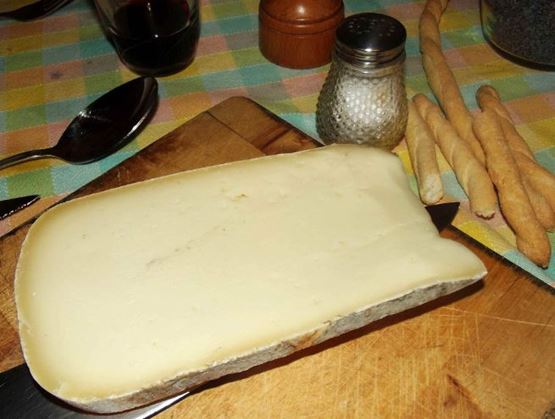
Raschera
Raschera is a semi-hard cheese from Piedmont, mainly made from cow's milk, sometimes with the addition of sheep's or goat's milk.
Its ivory-coloured paste has small holes and a delicate flavour with herbaceous notes.
Matured for at least 30 days, it is enjoyed on a cheese board or melted in hot dishes.
Credit: Wikimedia Commons
Taleggio
Taleggio is a soft, washed-rind cheese from Lombardy, made from cow's milk. Despite its strong smell, its creamy texture offers a mild, fruity flavour. Matured for at least 35 days, it is ideal on a cheese board, melted on pizza or added to risottos.
Discover these ten cheeses and other PDO cheeses from northern Italy (Bra, Castelmagno, Robiola di Roccaverano, Valle d'Aosta Fromadzo, Bitto, Quartirolo Lombardo, Salva Cremasco, Strachitunt, Nostrano Valtrompia, Formai de Mut dell'Alta Valle Brembana, Squacquerone di Romagna, Monte Veronese, Piave, Casatella Trevigiana, Spressa delle Giudicarie, Stelvio, Montasio) at all our Italian exhibitors at the next Cheese and Dairy Products Show.
Credit: Wikimedia Commons
